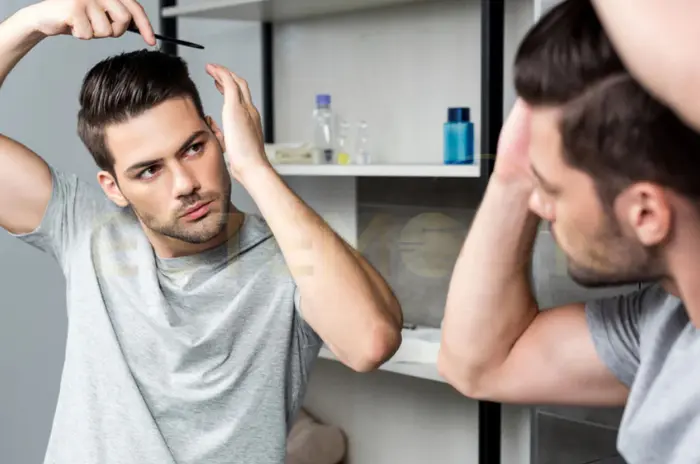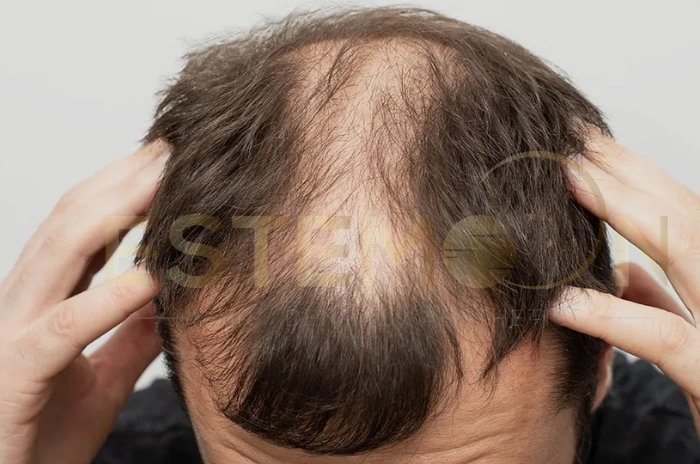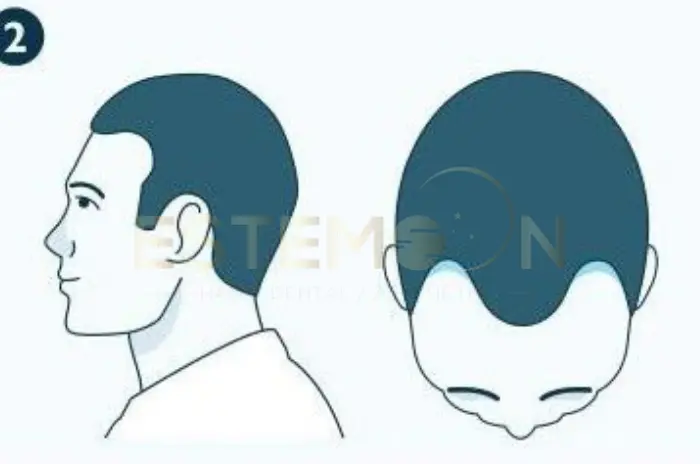Finasteride for women has emerged as a potential treatment option for female pattern hair loss, though its use remains more controversial and less established compared to its application in men. This medication, originally developed for treating enlarged prostate in men, works by inhibiting the enzyme 5-alpha reductase, which converts testosterone to dihydrotestosterone (DHT). Since DHT plays a crucial role in female pattern hair loss, understanding how finasteride affects women’s hair regrowth becomes essential for those considering this treatment option.
Female pattern hair loss affects millions of women worldwide, typically manifesting as diffuse thinning across the crown and top of the scalp rather than the receding hairline pattern commonly seen in men. The Ludwig scale is used to classify the severity of female pattern hair loss, ranging from minimal thinning to significant crown baldness. While the exact mechanisms behind women’s hair loss can be complex, involving hormonal fluctuations, genetics, and environmental factors, the role of androgens like DHT remains significant in many cases.
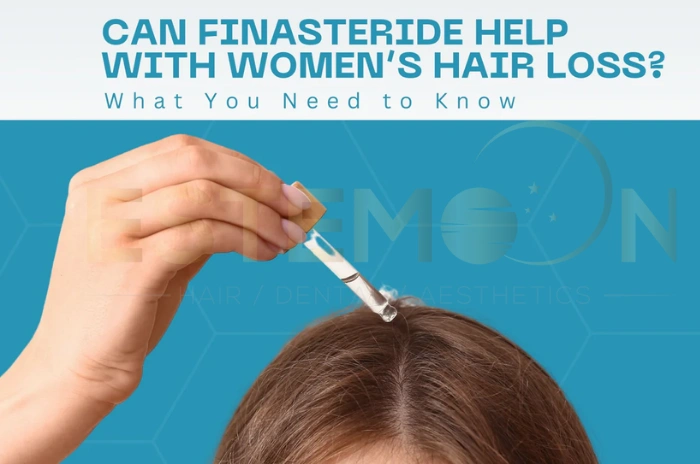
How Finasteride Helps Women with Hair Loss
Finasteride for women works by blocking the 5 alpha reductase inhibitor enzyme, specifically the type II isoform, which is responsible for converting testosterone to DHT in hair follicles. By reducing DHT levels around hair follicles, finasteride can potentially slow down the miniaturization process that leads to thinner, weaker hair strands and eventual hair loss.
The mechanism of action in women mirrors that seen in men, though the hormonal environment differs significantly. Women naturally have lower levels of androgens than men, but even small increases in DHT sensitivity or production can trigger female pattern hair loss. When finasteride successfully reduces local DHT concentrations, hair follicles may experience less androgen-mediated damage, allowing for improved hair density and thickness over time.
Clinical studies have shown that finasteride for FPHL can be effective in postmenopausal women, particularly those with elevated androgen levels or signs of hyperandrogenism and female hair loss. The medication typically requires several months of consistent use before noticeable improvements become apparent, as hair growth cycles naturally take time to respond to hormonal changes.
Does Finasteride Work for Female Hair Loss
The effectiveness of finasteride in women varies considerably based on individual factors, hormonal status, and the underlying cause of hair loss. Clinical trials have demonstrated that postmenopausal women tend to respond better to finasteride treatment compared to premenopausal women, likely due to the different hormonal environments and the reduced risk of pregnancy complications.
Studies examining finasteride for women have shown modest but meaningful improvements in hair density and thickness in approximately 60-80% of treated patients. The response rate appears highest in women with clear androgenetic patterns of hair loss and those with laboratory evidence of elevated androgen activity.
Side Effects of Finasteride in Women Explained
Finasteride side effects in women can be significant and require careful consideration before beginning treatment. The most serious concern is the medication’s classification as pregnancy category X finasteride, meaning it poses substantial risks to developing male fetuses.
| Side Effect Category | Common Effects | Severity | Frequency |
|---|---|---|---|
| Reproductive | Menstrual irregularities, decreased libido | Moderate | 15-25% |
| Breast-related | Breast tenderness, enlargement | Mild to Moderate | 10-20% |
| Psychological | Mood changes, depression, anxiety | Moderate to Severe | 5-15% |
| Gastrointestinal | Nausea, stomach upset | Mild | 8-12% |
| Neurological | Headaches, dizziness, fatigue | Mild | 10-18% |
| Pregnancy-related | Severe birth defects in male fetuses | Severe | 100% if exposed |
Common side effects of finasteride in females include menstrual irregularities, breast tenderness, mood changes, and decreased libido. Some women report experiencing depression or anxiety, though it’s often difficult to determine whether these symptoms are directly related to the medication or other factors.
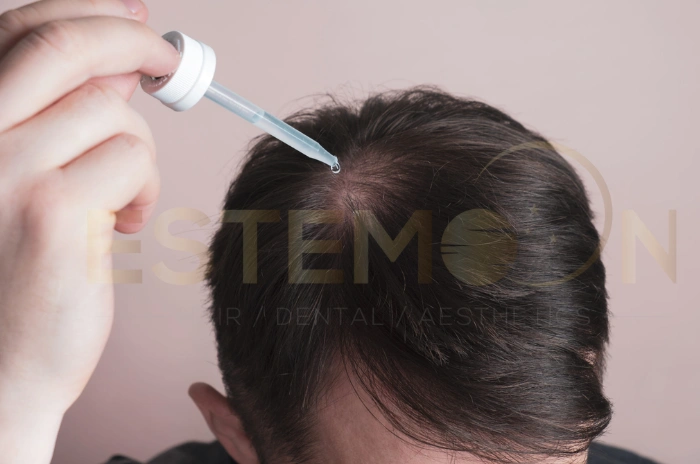
Finasteride vs Minoxidil for Women’s Hair Regrowth
When comparing finasteride vs minoxidil for women, both medications work through different mechanisms and offer distinct advantages and limitations. Minoxidil, available in topical formulations, works as a vasodilator that increases blood flow to hair follicles and prolongs the growth phase of the hair cycle.
Finasteride for women may be more effective for cases where androgenetic factors play a primary role in hair loss, while minoxidil tends to be beneficial across a broader range of hair loss causes. The finasteride dosage for women typically ranges from 1-5mg daily, though optimal dosing remains somewhat controversial.
Who May Be Candidates for Finasteride Treatment in Women
Ideal candidates for finasteride for women typically include postmenopausal women with documented androgenetic alopecia who have not responded adequately to other treatments. Women with clear signs of hyperandrogenism and female hair loss, such as those with PCOS or elevated androgen levels, may also be considered appropriate candidates.
The Ludwig scale female hair loss classification can help identify suitable candidates, with women showing moderate to severe patterns often being considered for finasteride treatment. Laboratory evaluation may help identify women most likely to benefit from finasteride for FPHL.
When Finasteride May Not Work Well for Female Hair Loss
Finasteride for women may not be effective in cases where hair loss is primarily due to non-androgenetic causes. Women with telogen effluvium, alopecia areata, trichotillomania, or hair loss related to nutritional deficiencies may see limited improvement with finasteride treatment.
Premenopausal women often experience less consistent results with finasteride for FPHL due to fluctuating hormone levels throughout their menstrual cycles. Women with very advanced female pattern hair loss, particularly those with extensive areas of complete baldness, may have limited potential for regrowth regardless of treatment.
What Is the Recommended Dosage of Oral Minoxidil for Women
While the focus has been on finasteride, oral minoxidil for women has gained attention as an alternative systemic treatment for hair loss. The typical finasteride dosage for women ranges from 1-5mg daily, but oral minoxidil is prescribed at much lower doses, usually starting at 0.25-1.25mg daily.
When comparing dutasteride vs finasteride for women, dutasteride is sometimes considered for women who don’t respond to finasteride. Finasteride vs spironolactone for hair loss represents another important comparison, as spironolactone is often preferred for premenopausal women due to its anti-androgenic effects without the same pregnancy risks.
FAQs About Finasteride for Women Hair Loss Benefits and Effects
How effective is finasteride for female hair loss?
Finasteride for women shows effectiveness in approximately 60-80% of postmenopausal women with androgenetic alopecia, though results are generally more modest compared to male patients.
What are finasteride’s common side effects for women?
Finasteride side effects in women include menstrual irregularities, breast tenderness, mood changes, decreased libido, and most importantly, severe birth defects if used during pregnancy.
Who is a good candidate for finasteride?
Ideal candidates for finasteride for women are postmenopausal women with documented androgenetic alopecia, particularly those with elevated androgen levels or signs of hyperandrogenism.
Is finasteride better than minoxidil for women?
Finasteride vs minoxidil for women depends on individual factors, with minoxidil generally preferred as first-line treatment due to better safety profile, especially for women of childbearing age.
Follow us on social media for updates, tips, and patient success stories:


